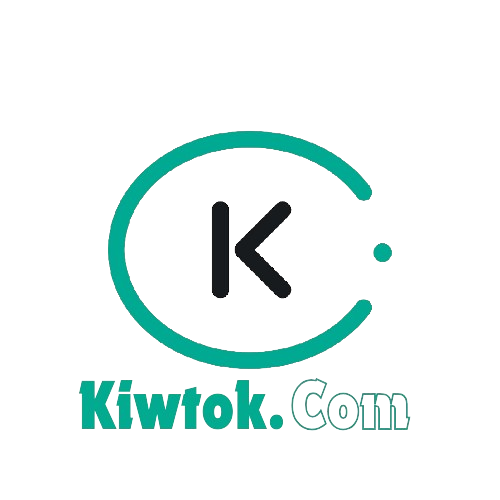No products in the cart.
Payment On Delivery
The Back Bone of every start up Ecommerce is the satisfaction a consumer derives from sold goods and services.
In today’s rapidly evolving commerce landscape, businesses are constantly seeking ways to build trust and ensure smooth transactions with their customers. One method that has proven both practical and reassuring is the “Payment on Delivery” model, complemented by an initial upfront payment of 20%. This essay explores the significance of this payment structure and how it serves both the interests of the consumer and the business.
The initial 20% upfront payment acts as a commitment from the customer, confirming their genuine interest in the product or service offered. This payment is a small but significant gesture, reflecting the customer’s intent and reducing the risk of last-minute cancellations or changes. For the business, this advance payment covers some of the preliminary costs involved, such as sourcing materials, manufacturing, or logistical arrangements, thereby ensuring a more balanced financial approach.
On the other hand, the “Payment on Delivery” aspect addresses the customer’s need for security and satisfaction. Consumers are often wary of paying the full amount upfront due to various risks, such as receiving a substandard product, delivery delays, or even non-delivery. By allowing the remaining 80% to be paid upon delivery, businesses demonstrate confidence in their product and service quality. This approach reassures customers that they maintain control and satisfaction, knowing they only need to complete the payment when they are satisfied with their purchase.
Moreover, this mixed payment strategy fosters a trust-based relationship between businesses and clients. It reduces financial risk on both sides; the business secures a partial payment before dispatching the goods, and the customer retains the bulk of the payment until they receive and approve the order. This mutual trust can lead to stronger customer loyalty and higher repeat purchase rates, as consumers are more likely to return to a vendor who demonstrates fairness and reliability in their transactions.
In conclusion, the hybrid payment model where “20% is paid upfront and the remainder upon delivery” creates a win-win situation. It provides assurance and confidence to the customer while securing preliminary investment for the business. This payment structure not only helps balance the financial responsibilities but also builds a robust foundation of trust and mutual respect, essential for enduring commercial relationships.
On Deferment
If customer fails to claim the order, the money will not be refunded. Kiwtok NG reserves the right to withhold deposit.
You’re very special to us and we hope to hear from you soon. You can also reach out to us on our contact page Contact Page.
